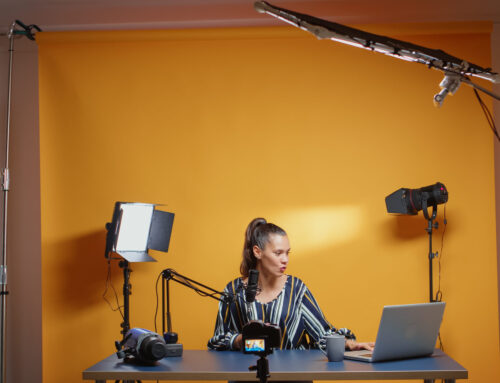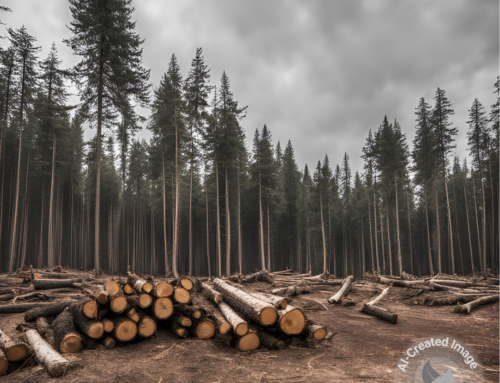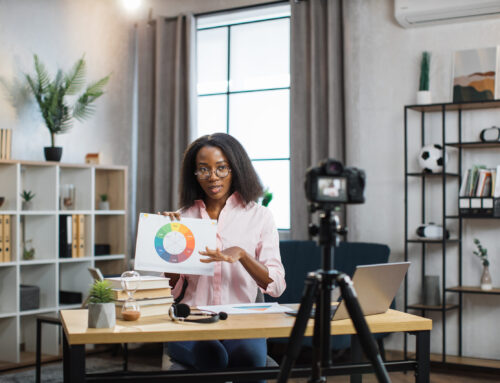Our All-Access Pass Holders are a great bunch of creative and dedicated nonprofit professionals. They are doing good stuff for their communities and the world at large, and I encourage them to share their communications and marketing stories all the time.
Earlier this year, I received an email from Pass Holder Anna Zimmerman of WithinReach who had watched our “13 Changes to Make in 2013” webinar. During that webinar, I talked about how nonprofits should take a look at communicating through videos. Anna’s organization had some success with two videos they did in 2012 and were gracious enough to answer a few of my questions on why they decided to use video and the process behind creating them. We’ll take a look at her answers today and tomorrow.
Q&A with Anna Zimmerman of WithinReach
Q: Give us a little background on this project . . . .
A: WithinReach makes the connections Washington families need to be healthy. We do this in a lot of different ways. For instance, we wanted Washington (the state) parents to know where they could turn for programs like health insurance and food assistance, so we created a short, engaging video to promote a hotline and website we have just for them. Through a two month ‘Washington Cute Baby Campaign’, we elicited videos and photos of babies growing and developing throughout their first two years. The result was a 1-minute video featuring adorable videos and photos of real Washington babies, submitted by proud parents from all over Washington. The video was posted and shared via our social media, e-newsletters and email signatures and has more than 2,500 views. In addition to the 1-minute video, we created a 30-second version of the video and promoted it to TV stations around the state. Although it is difficult to measure the impact of the online and TV placement of the video, we have seen an increase in traffic to our website in the last 3 months.
We also created another video to help tell a group of important stakeholders about our new program, Help Me Grow Washington. The video is a testimonial from a client that benefited from Help Me Grow Washington and how it affected her family. Although the video was created for a specific audience, we developed it so that it could be used with a wide variety of partners. It’s a powerful and moving video that helped us to raise additional money for our program as a result of showing it to the group of stakeholders.
Why did you decide video was better than describing the program through words or even still photographs?
We have learned that video is a powerful tool to show what we do either through a client story, as in our testimonial video for Help Me Grow WA, or using video to demonstrate broad concepts of our work. The testimonial video has been a wonderful way to give partners and other professionals the perspective of how families are impacted by our Help Me Grow WA program. We can share a brief introduction of the program and then follow up with the video to really give a sense of the program and why it’s important.
What would people say when you tried to describe the programming in words/print versus what they would say after seeing the video?
This testimonial video in particular is emotional and leaves a big impact on the viewer that wouldn’t be possible using written stories. You can see the tears in the mother’s eyes and hear her voice break up when she describes the relief she felt in finding someone who could help her address her daughters developmental delays. It often makes the viewer themselves tear up!
We have another video that was created to answer the question “What do we do?” Our agency has a number of ways we serve families and often our partners may know of one part of our work but not another. Partners would say, “I didn’t know you did that too!” As we shared that video we heard lots of statements such as “I finally understand what you do now.”
How important was it to use real babies/stories?
We wanted to use real babies to connect with first time parents who were going through or had recently experienced their own child’s ‘milestone’ moments. In showing happy, healthy babies from around Washington State, we wanted to engage people in the message, and connect them to our health and food resources. We wanted the footage to look authentic and accessible and to avoid the overly slick and produced look that can sometimes result with the use of stock footage.
Did you receive any feedback before releasing the video?
After the first edit of the baby video, we conducted three focus groups to test the video with our target audience of low-income moms around Washington. All of the focus group participants said they related to the images of the babies in the video. Some participants related specifically to images of hanging out at home with baby, feeding baby and others related simply because the kids were cute. Including the name of the baby and the city where the child was from was another way for us to emphasize our statewide service area and engage viewers who were from those areas.
Tomorrow we will look at privacy concerns and cost of producing these videos.






